Start cuttings in Perlite or Vermiculite?
linnea56 (zone 5b Chicago)
17 years ago
Featured Answer
Comments (32)
Crazy_Gardener
17 years agoaliska12000
17 years agoRelated Professionals
Quincy Landscape Architects & Landscape Designers · Wilmington Landscape Contractors · Del Aire Landscape Contractors · Emmaus Landscape Contractors · Franklin Landscape Contractors · Nanuet Landscape Contractors · Oak Forest Landscape Contractors · Pleasant Hill Landscape Contractors · Canton Driveway Installation & Maintenance · Commerce City Decks, Patios & Outdoor Enclosures · Dearborn Decks, Patios & Outdoor Enclosures · Fort Myers Decks, Patios & Outdoor Enclosures · Lakewood Decks, Patios & Outdoor Enclosures · Mitchellville Decks, Patios & Outdoor Enclosures · Saint Louis Park Decks, Patios & Outdoor Enclosuresaliska12000
17 years agoMonica513
10 years agomandolls
10 years agorhizo_1 (North AL) zone 7
10 years agoken_adrian Adrian MI cold Z5
10 years agoken_adrian Adrian MI cold Z5
10 years agorhizo_1 (North AL) zone 7
10 years agoken_adrian Adrian MI cold Z5
10 years agorhizo_1 (North AL) zone 7
10 years agoken_adrian Adrian MI cold Z5
10 years agosundrop07
10 years agorhizo_1 (North AL) zone 7
10 years agosundrop07
10 years agorhizo_1 (North AL) zone 7
10 years agomandolls
10 years agosundrop07
10 years agorhizo_1 (North AL) zone 7
10 years agosundrop07
10 years agorunswithscissors
10 years agoRobert Lukas
7 years agoken_adrian Adrian MI cold Z5
7 years agozen_man
7 years agoken_adrian Adrian MI cold Z5
7 years agozen_man
7 years agoken_adrian Adrian MI cold Z5
7 years agozen_man
7 years agolast modified: 7 years agozen_man
7 years agoRobert Lukas
7 years agoRobert Lukas
7 years ago
Related Stories

HOUSEPLANTSHow to Grow Orchids Indoors
Orchids are the exotic aristocrats of the flower world and can make themselves comfortable in almost any home
Full Story
HOUZZ TVHouzz TV: How to Make and Plant a Veggie Box
See how to start edibles from seed, then transfer the seedlings to a box on stilts to make harvesting more fun
Full Story
FARM YOUR YARDHow to Grow Vegetables in Containers
Get glorious vegetables and fruits on your patio with a pro’s guidance — including his personal recipe for potting mix
Full Story
FARM YOUR YARD9 Ways to Change Up Your Vegetable Garden for the Coming Season
Try something new for edible plantings that are more productive than ever
Full Story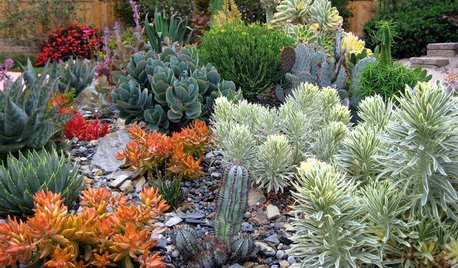
GARDENING GUIDESA Beginner’s Guide to Growing Succulents
Their easy-care reputation is well-deserved, but a little TLC will turn succulents into star plants
Full Story
HOUSEPLANTSPlay Up Some Fiddleleaf Figs for a Lively Indoor Tune
Strike a dramatic chord in a minimalist scene or a country note in a rustic setting — fiddleleaf fig plants harmonize with any style
Full Story
FARM YOUR YARDHow to Get Good Soil for Your Edible Garden
The nutrients in your soil feed the plants that feed you. Here are tips on getting it right — just in time for planting season
Full Story
PETSGood Dog! Cute Pooches at Home
The dogs of Houzz take you on a tour of their homes and show you where they lounge, eat, play, bathe and nap
Full Story
REMODELING GUIDESThe Hidden Problems in Old Houses
Before snatching up an old home, get to know what you’re in for by understanding the potential horrors that lurk below the surface
Full Story
CONTAINER GARDENSContainer Gardening Basics: The Dirt on Soil
Learn the types of potting soil available and the best mixes to help your containers thrive
Full StoryMore Discussions






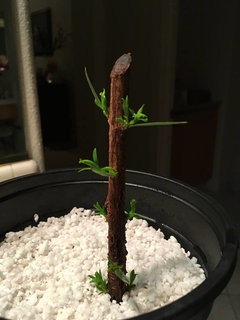
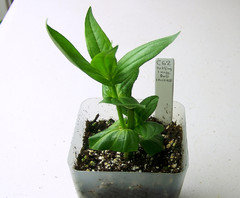
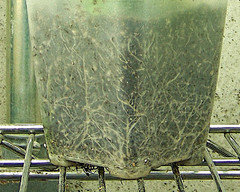
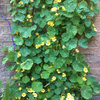
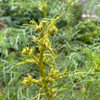
rhizo_1 (North AL) zone 7